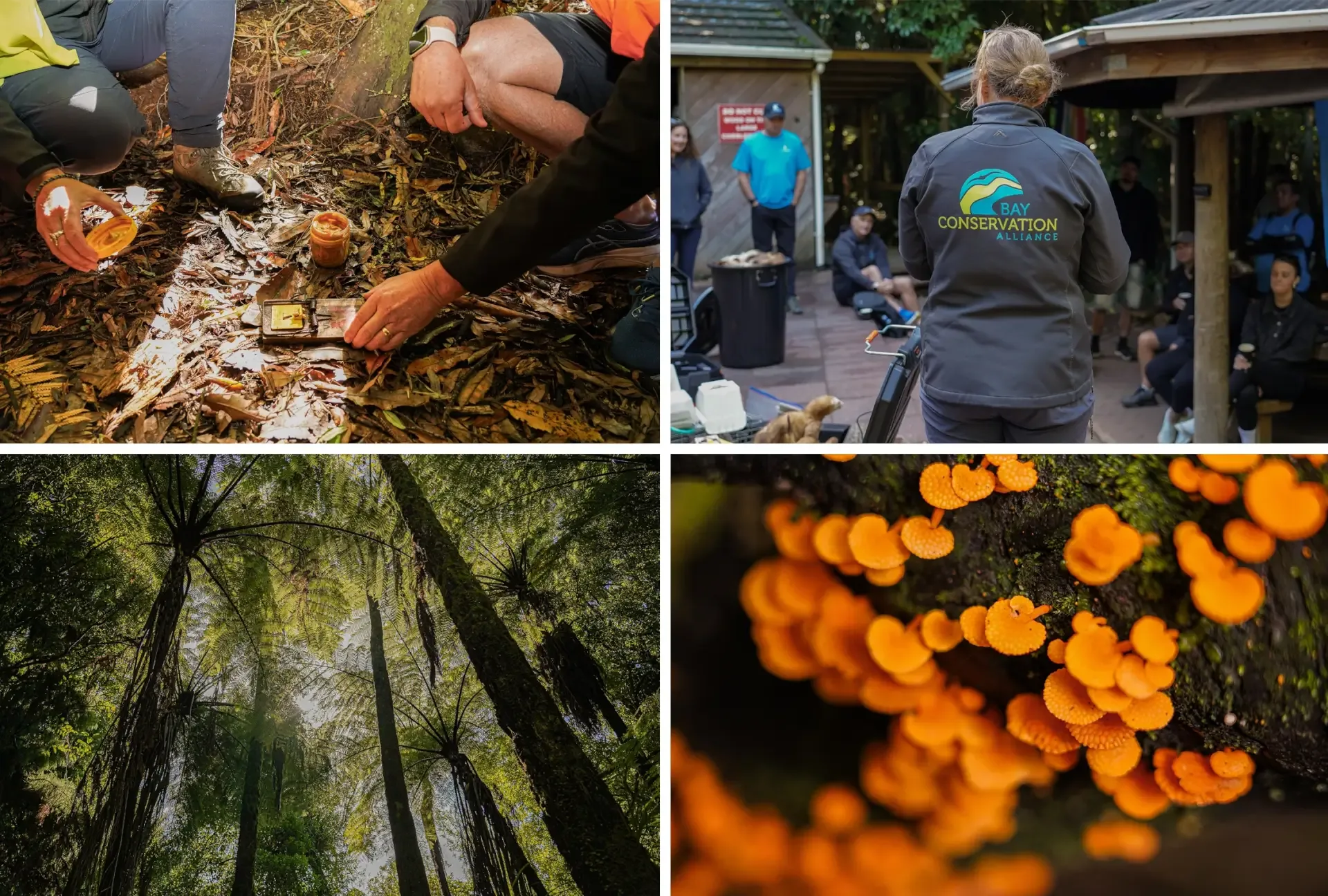
Partnering for Nature
Help protect our local whenua
Did you know that a single rat can kill up to 50 native birds throughout its lifetime?
Kale Print has a proud history of supporting our community and ensuring our environment is left in a better state for future generations.
We have worked hard to secure and maintain our environmental credentials, such as our Forest Stewardship Council certification and Toitū net carbonzero status. Yet, we felt driven to explore new ways to make a positive impact. We felt hands-on, on-the-ground nature restoration and preservation projects would be something our team could truly feel connected to and find meaningful and rewarding.
We were fortunate to learn about the Partnering for Nature initiative through our membership with Priority One. The programme aims to connect businesses with meaningful biodiversity projects in Tauranga Moana.
Restoring biodiversity on our whenua is an environmental, social, cultural and economic issue that affects all businesses in some way.
Biodiversity is a crucial factor in the economic development of our region.
Effective land management is essential in our efforts to support native biodiversity and mitigate the economic costs of erosion and pests.

Our recent corporate volunteer day was a great chance to gather our team and make a difference. We immersed ourselves in the beauty of QEII covenant land, learned about the threats facing our native wildlife and vegetation, and explored ways to contribute to Bay of Plenty’s goal of achieving a predator-free 2050.
If you’re an organisation interested in participating in local biodiversity projects, reach out to your regional environmental organisations to explore opportunities for involvement.
For those in Tauranga, you can contact the Bay Conservation Alliance or Priority One to enquire about the biodiversity projects they support.
On a personal level, you can also take action in your own backyard through Predator Free BOP. Contact Envirohub to obtain a free pest trap and start making a positive impact today.
Imagine a future where our native birds and forests thrive in their natural state, not just surviving, but flourishing!




